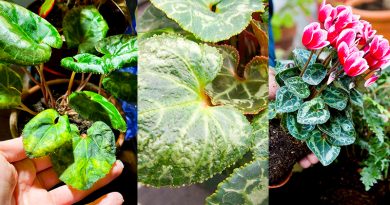How to deal with houseplant pests
As a plant parent, you should know that some plants can totally escape the nightmare of pests. Houseplant pests will really test your humor. Your favorite plant which has thrived for months or even years suddenly droops or yellows. Perhaps its new leaves open puckered and deformed. When you truly care for your plants, you will put any squeamishness aside tend to them through good times and bad. So, it’s important to get yourself familiar with the most common types of pests, learn what kind of damage they do and of course, how to get rid of them.
-
Aphids
Aphids or greenfly, as they are known small or green and like to suck the sap out of flowers, shoot tips and soft leaves of plants. Not only does sucking sap cause mottling and distortion, but they also eject honeydew which drags ants and encourages fungal disease.
-
Mealy Bugs
They love to infest all types of ferns, palms and azaleas. The pests also suck sap, making your plants lackluster and eject honeydew.
-
Red Spider Mites
Red spider mites known for sucking the leaves, if the infestation is bad enough, create webs around them. They also reduce the air circulation around the plant making it difficult for the plant to eradicate them.
-
Cyclamen mites
Cyclamen mites usually cluster on the underside of leaves and suck the sap causing the leaves to crinkle.
Deal with Pests
When it comes to houseplant pests in plants, the best preventative measure is good regular care and a watchful eye. Because pests often stowaway in soil, always use clean containers and sterilized potting mix for sucking sap. Physically removing as many pests as possible and second, treating with some form of insecticide. Consider spraying foliage or soaking pots with a diluted insecticidal soap solution to avoid these bugs.
54 total views, 1 views today




